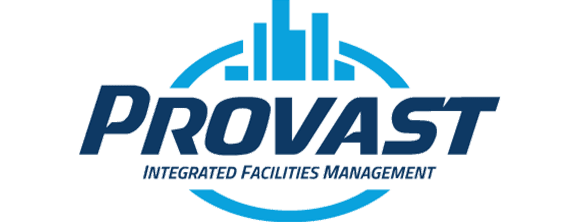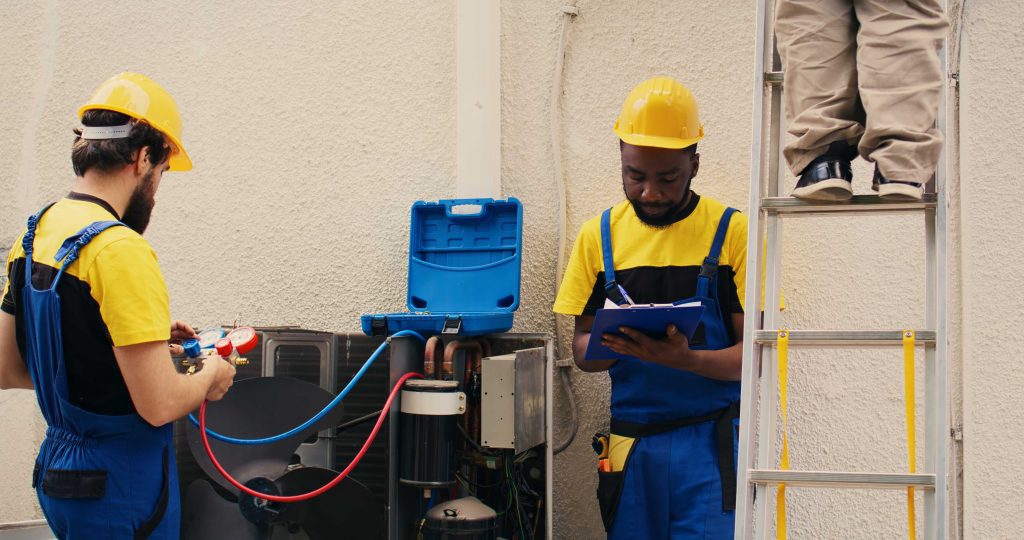In the realm of facility management, the adage “prevention is better than cure” holds immense significance. With the complex interplay of various systems and components within a facility, ensuring smooth operations and longevity requires proactive measures rather than reactive fixes. This is where preventive maintenance steps in as the cornerstone of effective facility management strategies.
At Provast Limited, we understand that preventive maintenance isn’t merely a checkbox on a to-do list; it’s a proactive approach aimed at optimizing performance, minimizing downtime, and extending the lifespan of facility assets. Let’s delve into why preventive maintenance is indispensable in the realm of facility management:
1. **Cost Savings:** One of the most compelling reasons to invest in preventive maintenance is its potential for cost savings. By addressing issues before they escalate into costly repairs or replacements, organizations can significantly reduce their maintenance expenditures. It’s a classic case of spending a little now to save a lot later.
2. **Enhanced Reliability:** Unplanned downtime can wreak havoc on operations, leading to disruptions, loss of productivity, and disgruntled occupants. Preventive maintenance helps mitigate this risk by identifying and rectifying potential issues before they snowball into major problems. This proactive approach enhances the reliability of critical systems and equipment, fostering a conducive environment for smooth operations.
3. **Prolonged Asset Lifespan:** Facility assets represent substantial investments for any organization. To maximize the return on investment, it’s imperative to extend their lifespan through proper care and maintenance. Regular inspections, lubrication, cleaning, and calibration carried out during preventive maintenance routines help prevent premature wear and tear, thereby prolonging the lifespan of assets.
4. **Safety and Compliance:** Neglecting maintenance not only jeopardizes the performance and longevity of facility assets but also poses significant safety risks. Malfunctioning equipment, faulty electrical systems, or compromised structural integrity can lead to accidents, injuries, or even regulatory non-compliance issues. By conducting thorough preventive maintenance checks, organizations can ensure that their facilities adhere to safety standards and regulations, safeguarding both occupants and assets.
5. **Improved Energy Efficiency:** In an era of sustainability and environmental consciousness, optimizing energy efficiency is paramount for organizations seeking to reduce their carbon footprint and operating costs. Preventive maintenance plays a pivotal role in this regard by identifying inefficiencies, such as HVAC system leaks, insulation gaps, or malfunctioning equipment, and rectifying them promptly. By optimizing energy consumption, organizations can not only save costs but also contribute to a greener future.
6. **Preservation of Reputation:** A well-maintained facility speaks volumes about an organization’s commitment to quality, reliability, and professionalism. On the contrary, frequent breakdowns, persistent issues, and subpar conditions can tarnish its reputation and credibility. By prioritizing preventive maintenance, organizations demonstrate their dedication to providing a conducive environment for occupants, fostering trust, and bolstering their reputation in the eyes of clients, tenants, and stakeholders.
In conclusion, preventive maintenance isn’t just a routine task; it’s a strategic imperative for organizations striving to optimize efficiency, minimize risks, and prolong the lifespan of their facilities. At Provast Limited, we recognize the transformative power of proactive maintenance practices and offer tailored solutions to help our clients unlock the full potential of their assets. By embracing preventive maintenance as a cornerstone of facility management, organizations can navigate the complexities of modern-day operations with confidence, resilience, and sustainability.




